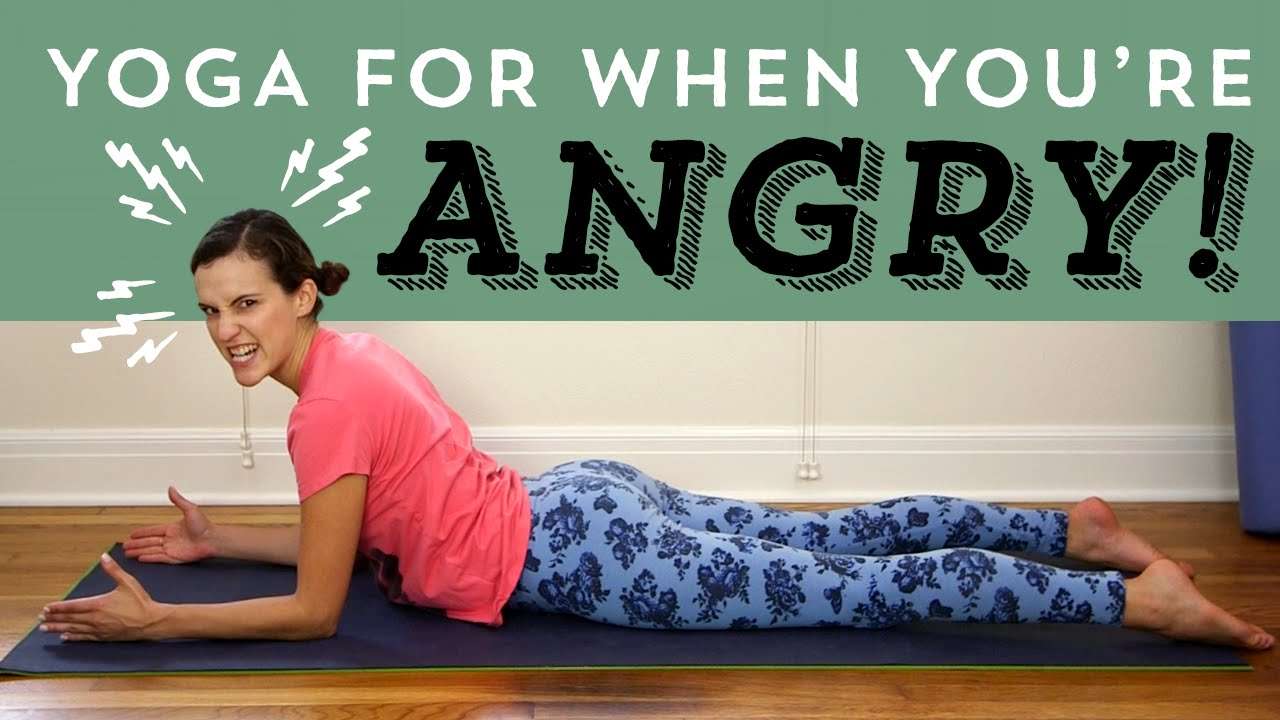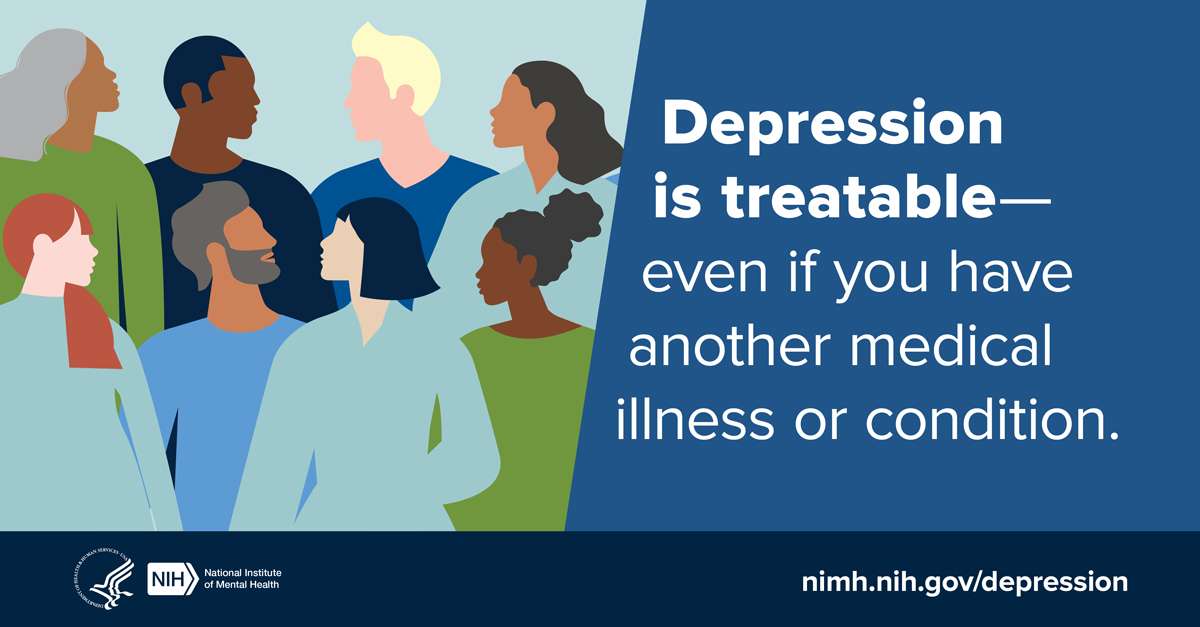Get full access to Outside Learn, our online education hub featuring in-depth yoga, fitness, & nutrition courses, when you sign up for Outside+.
One of the biggest pieces of healing from my trauma was making peace with my anger, a necessary process that was, unfortunately, stunted by all the spiritual bypassing I encountered within the yoga community where I sought healing.
I was searching for ways to find peace within myself and was consistently told that anger was bad and forgiveness and love were the true answers. Well intentioned as this advice may have been, it’s bullshit. You can’t bypass anger and skip ahead to forgiveness. Anger is a necessary and appropriate response to situations in which we’ve been physically or emotionally harmed, manipulated, or deceived. To deny ourselves the right to feel angry when we’ve been hurt is to deny part of our humanness. Anger needs to be felt before it can be released.
See also Master the Alchemy of Your Emotions to Transform Anger, Hatred, Pain into Higher Qualities
Anger in the Era of #MeToo
As I write this, more than 400 high-profile executives and employees across various industries have been outed for sexual assault and harassment as a result of the #MeToo movement, leading to resignations, firings, suspensions, and arrests. It is a collective sense of outrage that is opening up a global conversation about sexual violence and helping to create a safer future for women around the world. Healthy anger helps us create necessary boundaries, empowers us into action and activism, and helps us stand up against injustice.
However, anger can easily turn toxic without a healthy outlet. My anger has been a major source of guilt and shame in my life. While I have generally avoided conflict and confrontation, the rage that would spill out of me when I was triggered left me shocked, scared, and deeply ashamed. As someone who has been through abuse, I couldn’t reconcile how any part of me could be good if I carried the same seething anger within me as those who had abused me. In my mind, only abusive people got angry, so I created a shadow belief that I was inherently bad.
See also 10 Prominent Yoga Teachers Share Their #MeToo Stories
I was terrified that if people only knew how angry I really was, no one could possibly love me. So I did everything in my power to push it away, hide it, and deny its existence. That never works. Suppressing our emotions creates a toxic buildup that leads to an inevitable implosion (collapsing in on ourselves) or explosion (lashing out at others). To keep our anger from turning toxic, we must allow ourselves to feel and express it constructively.
Working with our anger in a constructive way means meeting it with awareness and compassionately listening to what it has to say. Anger always has an underlying message. When we peel back the curtain, there’s usually another emotion hiding behind it like disappointment, fear, grief, or shame. Listening to our anger without lashing out or lashing in lays the foundation for healthy communication, assertiveness, and empowerment.
The following sequence was created to honor your anger and give it sacred space to be felt, moved, and released. It opens with an invigorating breath of fire practice to help reveal latent anger. The sequence then moves into heating core work, martial arts, and deep twists, all of which activate our third chakra, the solar plexus or manipura chakra. It is here that unresolved anger and frustration reside. I encourage you to breathe into your emotions and let anything you have been suppressing rise to the surface. We close with a cooling breathwork technique to bring our body and mind back to balance.
Primal Yoga Sequence for Releasing Anger
Collin Stark
1. Breath of Fire
Find a comfortable seated position and practice breath of fire for 3 minutes. Set the intention to release any anger or frustration that you have been holding on to. Allow any repressed anger to rise up from your lower belly and release as you exhale.
At the end of your breath of fire practice, open your palms, reach your arms straight up toward the sky, and allow yourself to give voice to your anger. Scream at the top of your lungs for a few seconds to release any remaining emotion. Then slowly release your arms down by your sides and take a few moments to sit quietly and observe how you feel. Has anything shifted? Do you feel lighter? Do you feel more empowered? What did it feel like to give yourself permission to scream?
See also Anatomy 101: How to Tap the Real Power of Your Breath
Collin Stark
2. Navasana (Boat Pose)
Begin in a seated position. Lengthen your spine and lift through your chest. Lean back slightly as you bend your knees and lift your feet off the floor. Continue lengthening your spine as you press your knees together and lift your shins parallel to the floor. Reach your arms forward and soften your shoulders away from your ears. Hold for 5 cycles of breath. If you’re in the mood for more of a challenge, engage your thigh muscles to straighten your legs out in front of you.
Benefits: This pose strengthens your core, hip flexors, quadriceps, and back muscles; creates confidence; and connects you to your center.
See also Need a Good Workout? These 10 Core Sequences Will Fire You Up
Collin Stark
3. Bicycle Crunches
Lie on the floor on your back. Bring your hands behind your head with your elbows wide. On an exhale, lift your head and shoulder blades off the floor, being careful not to pull or strain your neck, and draw your knees in toward your chest. Inhale and straighten your left leg out, hovering just a few inches off the ground. Keep your lower back flat on the ground and your front ribs hugging in. Exhale as you revolve your upper body to the right and draw your left elbow toward your right knee. Switch sides fluidly (as if you’re pedaling a bicycle with your legs) to complete one rep. Do 2 sets of 10 reps.
Benefits: This pose strengthens your abdominal muscles, specifically your rectus abdominis, or “six-pack” abs, and your obliques; helps improve blood circulation to your internal organs; aids digestion; and creates a sense of strength and confidence.
See also These 3 Exercises Will Strengthen Your Core—Quickly
Collin Stark
4. Horse Stance Punches
Stand tall and step your feet apart about two times wider than hip-width distance. Exhale as you bend your knees to drop down into a wide-leg squat, also known as horse stance. Keep your spine elongated by lifting through the crown of your head while lengthening your tailbone toward the floor. Stack your shoulders directly on top of your hips and hug your front ribs in to engage your core.
Make fists with both hands, knuckles facing up, and hug your elbows in tightly against your body. Inhale and draw your elbows back, squeezing your shoulder blades together, and pull your fists to your body just below your bottom ribs. Exhale and extend your right arm forward into a straight punch position keeping your arm at shoulder height. Your forearm and hand rotate as you punch, so your knuckles end up facing down. Keep your left arm in a tight fist at your left hip. On your next exhale, send your left arm straight out with power into a straight punch, pivoting your knuckles down. Simultaneously retract your right arm back to the bent elbow position at your hip. Exhale forcefully out through your mouth, with an audible shhhhh sound. Do 3 sets of 10 punches.
Collin Stark
OPTION
In martial arts, horse stance is traditionally performed with your feet parallel and toes pointing forward, but if this causes any discomfort in your knees, you may turn your toes slightly out and have your knees point in the same direction as your toes.
Benefits: This pose strengthens your legs, glutes, hips, knees, ankles, shoulders, arms, spine, and core; releases anger and frustration, and builds confidence and power.
See also Why Your Diaphragm Could Be the Core Strength Game-Changer You’ve Overlooked
Collin Stark
5. Twisting Crescent
Start in Crescent Lunge. Exhale, and bring your hands together at the center of your chest with your elbows wide. Revolve your torso to the right as you lean forward, keeping your spine lengthened. Hook your left elbow outside your right thigh, just above your knee. Press your elbow against your outer leg to create leverage to deepen your twist as you roll your chest open. Soften your shoulders away from your ears, reach through the crown of your head, and press your back leg straight, reaching through your left heel. Draw your lower abdomen in as you twist, lifting your torso off your thigh. Hold the pose for 5 cycles of breath, then repeat on the opposite side.
Benefits: This pose strengthens your legs, glutes, spine, and core; stretches your hip flexors; opens your chest and shoulders; creates mobility in your spine; improves balance; helps improve blood circulation to your internal organs; aids digestion; and helps release anger and frustration.
See also Give Your Back a Treat with This Series of Twists
Collin Stark
6. Seated Twist
Start seated with your spine lengthened and both legs straight out in front of you. Bend your right knee and draw your right heel in toward your right sitting bone. Lift your right leg and cross your right foot over your left leg. Keep your right knee bent and place your right foot flat on the floor just outside of your left outer thigh. Inhale and reach your left arm straight up toward the ceiling. Exhale, revolve your torso to the right, bend your left elbow, and bring your left elbow outside your right thigh with your fingers pointing up. Place your right hand directly behind you, roll your shoulder open away from your ear, continue to lift through your spine, and expand your chest. Gaze over your right shoulder. Hold this pose for 3 to 5 cycles of breath as you visualize negative emotions wringing out of the body like water from a wet rag. Repeat on the opposite side.
OPTION
Instead of keeping your left leg straight, fold it in toward your right sitting bone. This is a slightly deeper variation that creates an additional gentle stretch in your left hip, knee, and ankle.
Benefits: This pose tones your abdomen; increases blood flow to your digestive organs, which improves digestion; creates strength and mobility in your spine; helps relieve some types of back pain; releases anger and frustration; and opens your chest.
See also A Cyndi Lee Sequence, Deconstructed
Collin Stark
7. Janu Sirsasana(Head-to-Knee Forward Bend)
Sit on the floor with both legs straight out in front of you. If you need extra support, place a blanket under your buttocks. Bend your right knee and bring the sole of your right foot to your inner left thigh. Inhale, sit up tall, and expand your chest as you reach the crown of your head toward the ceiling. Exhale, gently revolve your torso toward your left knee, and fold your torso over your left leg. Reach your arms forward to your foot and interlace your fingers around the sole of your foot if possible. Relax your neck and drop your gaze down.
OPTION
Rest your forehead on a bolster for additional support and comfort. Hold the pose for 5 cycles of breath, then repeat on the opposite side.
See also 4 Poses to Deepen Intimacy and Strengthen Relationships
Collin Stark
8. Cooling Breath
Close your practice with 5 rounds of cooling breath to balance and cool your body after a very heated practice. As you breathe, visualize any remaining anger, frustration, or agitation gently leaving your body. Finish by sitting quietly for a few moments and observe how you feel.
Excerpted with permission from The Courage to Rise by Liz Arch.



